Thefieldhunter
Tenderfoot
- Mar 22, 2021
- 5
- 18
- Primary Interest:
- All Treasure Hunting
Hello, I recently bought this green banded slate birdstone from an Indian artifact collector. He had said that it had been found in Randolph County, Indiana and had been purchased by Earl Townsend. I was wondering if I could get any information on if this birdstone appears to be authentic or real. I'll be taking it to the next artifact show here in Indiana to talk to other collectors about it.
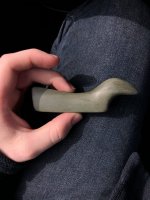 .
. 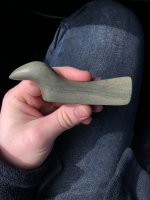
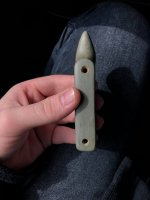 Any input is appreciated. Thanks!
Any input is appreciated. Thanks!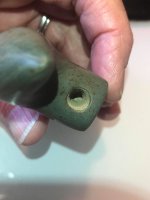
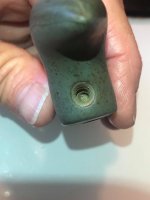
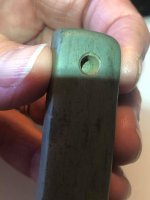
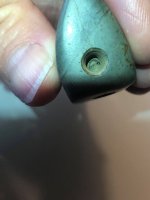
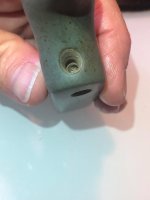
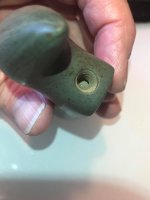
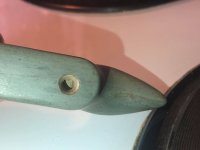
 .
. 
 Any input is appreciated. Thanks!
Any input is appreciated. Thanks!






Amazon Forum Fav 👍
Last edited:
Upvote
0




















